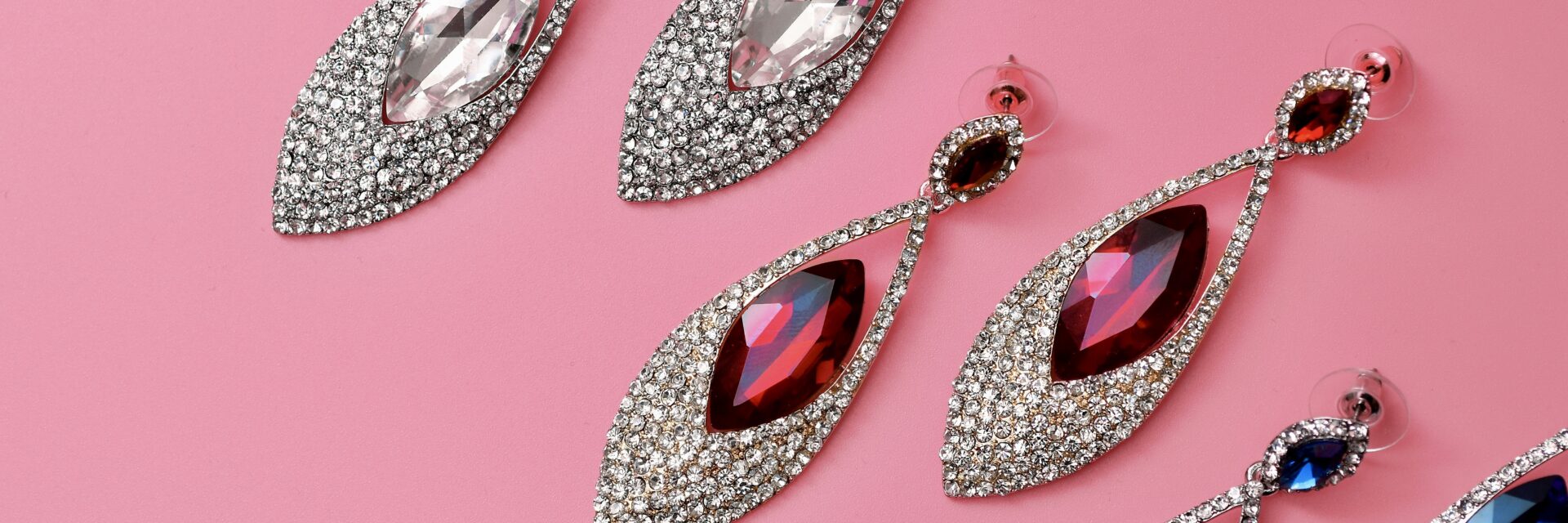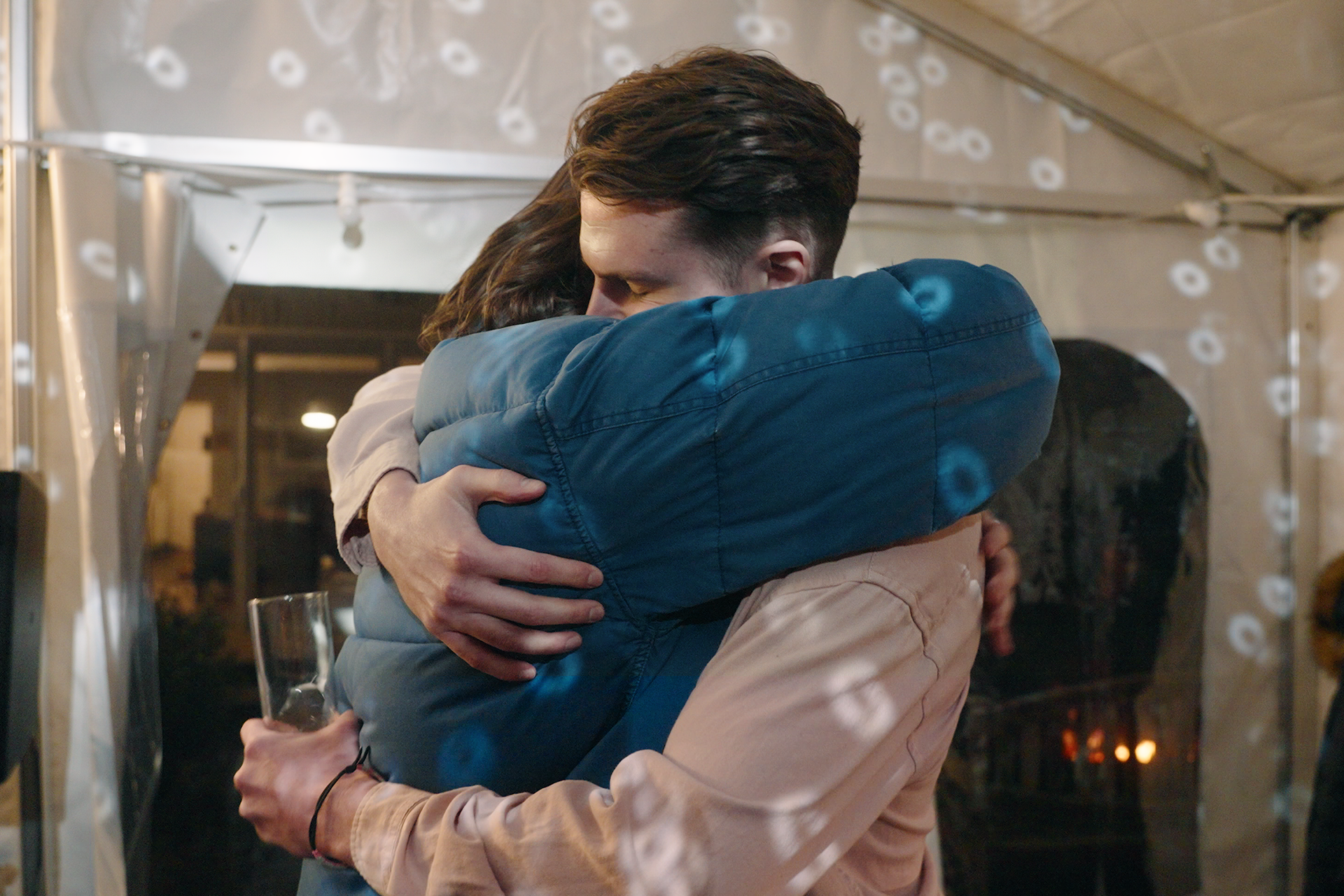
Two Together: Save £100!
Save £100 when you purchase two funeral plans together. Call us for more details.

Two Together: Save £100!
Save £100 when you purchase two funeral plans together. Call us for more details.

Today people are always looking for ways to personalise the important moments and things in their lives. This is certainly true of funerals, with a vast rise in the number of people seeking direct cremation as a modern alternative to the traditional funeral. It’s also increasingly true of our habits relating to the cremated remains of our loved ones.
In this article, we want to discuss some of the more popular cremation ashes ideas, reflecting on the different ways in which we are choosing to remember people dear to us, as well as any legal or health considerations.
Key takeaways:

It’s a popular cremation myth that human ashes are somehow harmful or dangerous to be around or to handle. When a body is cremated all toxins and bacteria are consumed by the extreme heat of the process, meaning that there is no risk attached to being near them. This partially explains why more and more of us feel it is okay to creatively use the ashes of those we’ve lost in gestures intended to honour their memories.
Cremation ashes, put simply, are what’s left of the body of someone who has died following the completion of the cremation process. Usually, a cremation lasts for between 1 and 3 hours, and is carried out at a temperature between 1000 and 1300C. The coffin is burned during cremation, meaning that the ashes that are left also contain some of the ash of the coffin, but the handles are either consumed entirely, or are extracted with a magnet after the process.
With an Aura direct cremation, we can do one of two things. We can either return the ashes directly to you by hand at home, in one of our scatter tubes. Or we can scatter them on your behalf at the crematorium’s own Garden of Remembrance. Once you have the ashes in your possession, it’s entirely up to you whether you scatter them, or memorialse them in some other way.
Many people, once they receive the ashes of a loved one after their cremation, like to scatter them in a place that was special to the one they’ve lost. Others like to keep them at home in an urn, or, increasingly, to convert them into something meaningful to them, such as jewellery, or even cremation tattoos.
Unlike with a burial, cremation can sometimes leave the bereaved families of someone who has died feeling as if they have nothing left of them. After a cremation, it’s not possible to visit the grave of someone who has died, which means that memorialising them has to be done in a different way. But there are a whole range of cremation ashes ideas out there.
There are a variety of different ways to keep the ashes of someone who has died, and how you decide to keep them is up to you. Many people keep them at home, but others prefer the more formal setting of a mausoleum or columbarium.
The most traditional option available to people who want to keep the ashes of their loved ones is to hold them in an urn at home. This is an ancient practice in the history of cremation which has been observed since before the days of the Romans. The urns we use today are not too dissimilar from those found in excavations of classical archaeological sites.
With that said, there is more choice now than ever in material and style for cremation urns, including those which are made of biodegradable substances so that they can be buried somewhere with minimal environmental impact. Others prefer options which are highly designed and stylised by artists to be bright and colourful; there’s an option out there for everyone.
Urns are not the only option available to those who want something to remember their loved one by around the home. Cremation ashes can be incorporated into all kinds of keepsake, from earrings, necklaces and bracelets; to glass ornaments, vessels and paperweights; and even Christmas-tree decorations. This is an option that can allow many people from the same family to commemorate someone, like a grandfather for instance, in their own way, due to the fact that several keepsakes could be made from the ashes of one person.
Columbaria and mausolea are specific places, like cemeteries, where families can display and house the urns containing the ashes of their loved ones. For those who don’t want to keep them at home, or to convert the ashes into something physical, this makes for a dignified and appropriate place to house the remains of their loved one.
Some families, rather than placing the urn in a niche within a public area of the columbarium, have their own private mausoleum within its walls. These private tombs may even contain the remains of prior generations, and therefore may come with a good deal of sentimental significance. But, of course, purchase and maintenance of this space can be very expensive, so it may not be for everyone.
The most popular cremation ash idea is to scatter the ashes in a place special to the person who has died. Although we feel that it’s especially important to comply with the dying wishes of our loved ones who may have wanted their ashes scattered in a special location, it’s important to approach it responsibly. There may be specific legal, moral or environmental considerations that you need to make beforehand, and in other cases, it may not be possible.
Many people want their ashes to be scattered in locations which connect with the interests and passions they had in life. For instance, at sports stadiums or places of natural beauty that they loved to spend time in. Scattering ashes at sea and in forested areas are popular choices.
Clearly, there’s no end to the number of places that could be considered special to each individual, so the list is limitless.
We often like to vest the scattering of ashes with some formal significance, by having an ash scattering ceremony of some kind. The beauty of this is that the family organising it can decide on every element for themselves, from location, to dress-code, to who should scatter the ashes and when it should be done. They can also decide whether or not to have music or words to mark the occasion.
For those who’ve had a low-cost direct cremation, such as those offered by Aura, they will have the option to spend the money they’ve saved on hearses, limousines, funeral processions and floral tributes, to personalise a scattering ceremony instead. This could be a more meaningful and special way to spend the money for some families.
In all cases where you are scattering ashes on land that doesn’t belong to you, you may need to seek the permission of whoever is the owner. It would be best not to assume that, just because you can access the location, e.g., a public park or a football stadium, that you will be allowed to scatter ashes there without the say-so of the ultimate owner of the space.
It’s possible to scatter ashes legally in the UK virtually anywhere, assuming you’ve acquired the permission of the landowner in cases where it’s not your property. That being said, it doesn’t mean it’s always appropriate to make use of the option.
It’s important to consider the environmental consequences of scattering ashes across the natural world. Ashes contain phosphates, alkalis and salts, which, when added in larger quantities to the surrounding soil, can overstimulate plant growth and change the ecologies of the areas in which they are scattered; they can also have the opposite effect, by harming growth. In fact, the Mountaineering Council of Scotland and Welsh conservationists asked people to stop scattering their ashes on mountain tops for this reason.
In short, any area where you’ve obtained the permission of the landowner is permitted for the purposes of ash scattering. You also don’t need any consent to scatter ashes over a body of water.
These days, there’s almost no limit to the number of things that can be done with cremation ashes. Here are just a few cremation ashes ideas.
More of us than ever are opting to create jewellery and other keepsakes out of the ashes of our loved ones. Companies providing this service will typically send out a pack to the home of the customer, which contains everything they’ll need. This could include a measuring spoon for the transfer of ashes into a special, secure container, as well as unique order codes and references for security. The company will then incorporate the ashes into whatever item has been requested, at the point of creation.
This gives people the chance to feel as close as possible to the one they’ve lost by wearing a part of them on their body. Jewellery like rings and necklaces can even be passed down through the generations of a family, making it an especially meaningful way to remember someone.
For those who maybe feel like there’s too great a risk that they’ll lose a piece of jewellery containing the cremated ashes of a loved one, there are other cremation ashes ideas. For instance, rather than something wearable, some prefer to have an item that they can display at home.
Different companies provide the option to create vessels and items out of glass, such as plates, paperweights, ornaments and vases. Some feel that these items are more presentable and less sombre than an urn, and that they look more at home among their other possessions.
For those looking to inject some adrenaline into the scattering of their ashes, there are more high-octane cremation ashes ideas. Ashes fireworks allow people to ‘go out with a bang’. A family member will bring your ashes to a firework vendor, who can put them inside a firework of your choice. Some will even allow customisation of the exterior with a message or design.
Once this has been done, the firework should be treated like any other; that is, you can set it off on any day of the year in the UK, as long as it’s on your own land and before 11pm. If you want to launch it in a public place, then, much like with the scattering of ashes, you will need the permission of the land-owner. Remember to be extra careful – at an ashes ceremony like this, emotions are likely to be high, and it may be harder than usual to keep the safety of everyone in mind.
This is a fun and visually impressive way to go in peace from the world. Many find the idea of their ashes exploding in a ball of colour and light above their nearest and dearest to be beautiful and meaningful. In fact, our founder, Paul Jameson, wants this for his own ashes when the time comes.
For those who can’t settle on any one place for the scattering of their ashes, there are companies who can bring them up to the very edge of the earth’s atmosphere, and release them in flight. This idea has become more popular lately, with companies providing the service even appearing on Dragons’ Den.
The company may provide a special canister which will contain the ashes of the person who has died. The canister can be personalised with a photo of the person, and some companies will even film the moment that the ashes are dispersed via cameras positioned in front of the canister. It will then be attached to a stratospheric hydrogen balloon that surges to the very edge of the Earth’s atmosphere, and the ashes are released at the point where it’s possible to see its curvature.
The ashes will then gradually fall back to Earth over the following weeks and months, making for a cosmic and glorious send-off.
For those who want their ashes to be returned to nature, there are memorial reefs and trees. A memorial reef is an undersea memorial. Your ashes will be used to help make an environmentally beneficial, artificial reef. Coral and sea-life are attracted to the structure, and it can even help provide shelter and support to fish and other marine life.
Memorial trees are a similar cremation ashes idea for land-based natural memorials. There are companies in the UK who can provide a mix to be combined with the ashes of a loved one in the soil where you want to plant the tree. This mix neutralises the chemicals in the ash which could harm the growth of, or even kill, the tree sapling. In this way, the tree can thrive and act as a living monument to the person who has died.
Both of these ideas are beautiful in the sense that they create ‘living’ memorials to the one who has died, generating the sense that they have become part of the circle of life, and that they live still in continuous renewal.
Beyond this, there are some more left-field cremation ashes ideas that, while they won’t appeal to everyone, are also becoming more popular. The first of these is cremation tattoos: special tattoos on the skin of the bereaved using an ink infused with the cremated remains of a loved one, or even of a pet. People find this a powerful way to permanently memorialise their loved ones, wearing them on their body, and always having them close.
Finally, there are even companies, based in the US, who can infuse a portion of ashes into the manufacture of bullets. This is perfect, for instance, for those who’ve lost a relative or friend with whom they loved to go clay-pidgeon shooting. Now, the next time they go shooting, they can remember the one they’ve lost by doing what they used to love.
When we want to hold memorial keepsakes at home which contain the ashes of our loved ones, we might feel that we want to secure them or display them in something that is personalised.
This box can contain all kinds of things relevant to the one who has died, whether that’s stories, or letters from them, or souvenirs from the life that they lived. The box can be decorated in any way, adorned with images or words. It’s a great way to keep everything sentimental about the person together in one place, so that it’s protected and easily accessible anytime you want to reflect on them.
The beauty of a non-traditional send-off is that it has complete flexibility. If someone has received a direct cremation without a funeral ceremony, it’s entirely up to the family what to do next. Once they have the ashes back in their possession, they can come together to mark the scattering of those ashes, or the giving and receiving of gifts made from them, at any time or place they feel is right.
We hope you have found this article interesting and useful. If you have any questions at all about cremation ashes ideas, or what you’d like to do with yours; or if you have any questions about our direct cremation services, we’d be very pleased to hear from you. Our helpful team is just a phone call away.


